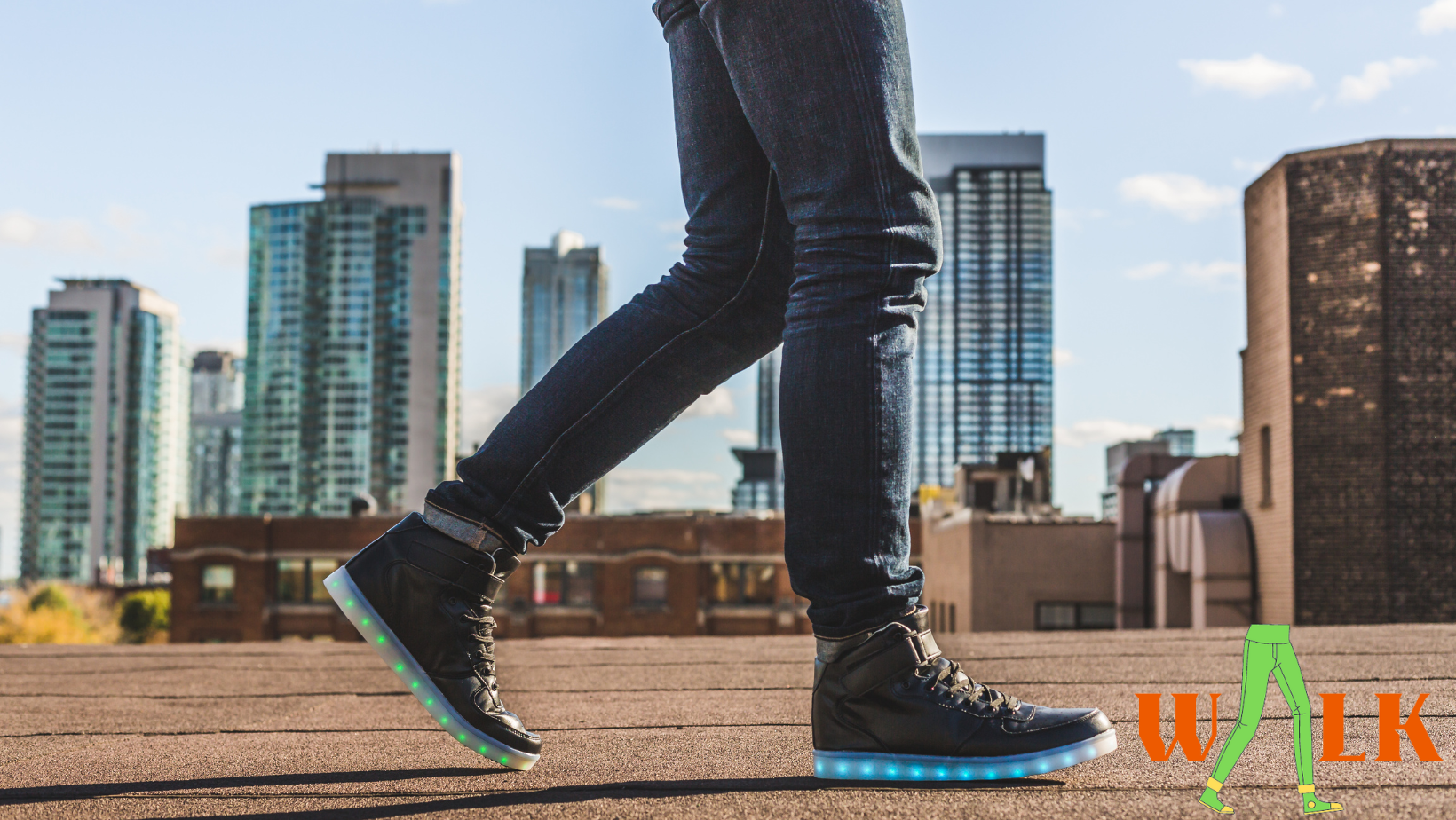When it comes to achieving toned legs, many people think of high-intensity workouts and specialized exercises. However, there’s a simple and accessible activity that can also contribute to toning and strengthening your leg muscles: walking. In this article “Sculpt and Strengthen: Can Walking Tone Your Legs”, we will explore the benefits of walking for your legs and how it can help you sculpt and tone your lower body.
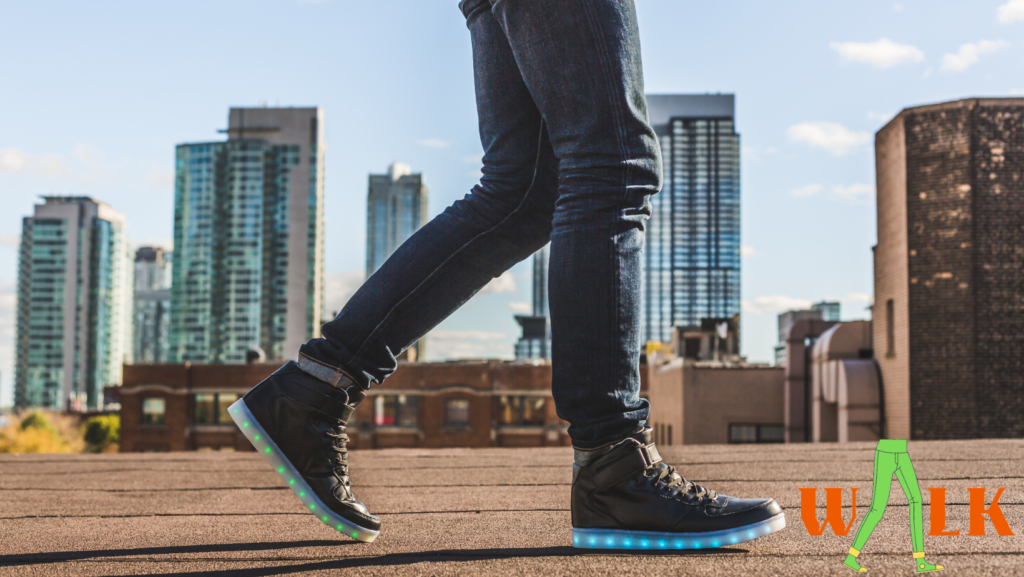
Benefits of Walking for Legs
Before diving into the specifics of leg toning, let’s first understand the overall benefits that walking offers for your legs:
Muscle Toning
Walking is an excellent exercise for toning your leg muscles. As you walk, various muscles in your legs, including your quadriceps, hamstrings, calves, and glutes, are engaged. Regular walking helps strengthen and define these muscles, leading to a more sculpted appearance.
Improved Circulation
Walking promotes blood flow throughout your body, including your legs. This improved circulation nourishes your leg muscles with oxygen and nutrients, aiding in their growth and toning. It also helps remove waste products, reducing muscle soreness and fatigue.
Increased Stamina
Walking regularly builds endurance and stamina in your leg muscles. As you gradually increase your walking distance and duration, your legs become more accustomed to sustained physical activity. This increased stamina allows you to engage in other activities and exercises for longer periods without experiencing as much fatigue.
Enhanced Flexibility
Walking involves a full range of motion in your leg joints, promoting flexibility and joint health. Regular walking helps improve the flexibility of your leg muscles and reduces the risk of injuries. It also contributes to better overall mobility.
How Walking Tones Your Legs
Now let’s explore in more detail how walking specifically tones and strengthens your leg muscles:
Engaging Leg Muscles
Walking is a dynamic activity that engages multiple leg muscles, making it an effective workout for your lower body. As you take each step, your quadriceps, hamstrings, and calves contract and lengthen, working together to propel you forward. This repetitive motion creates resistance within the muscles, which in turn strengthens and tones them over time. By consistently engaging these leg muscles through walking, you can contribute to the overall toning and definition of your legs.
Walking Techniques
While walking itself is a beneficial exercise, paying attention to your walking technique can maximize its toning effect on your legs. Maintaining an upright posture is essential, as it helps align your body properly and activates the right muscles. Engage your core muscles by pulling your belly button in towards your spine, which provides stability and encourages proper muscle engagement. As you walk, let your arms swing naturally, as this helps to generate momentum and promote a fluid walking motion.
Another important aspect of effective walking technique is focusing on the movement of your feet. Roll through your feet from heel to toe with each step, distributing the impact and workload evenly across your foot. This rolling motion activates the various muscles in your feet, calves, and shins. Additionally, emphasize pushing off with your toes during the final phase of each step. This action engages your calf muscles more intensely and helps to strengthen and tone them.
By implementing these adjustments to your walking technique, you can activate your leg muscles more effectively, enhancing the toning benefits of your walks.
Hill Walking
Incorporating hill walking into your walking routine can further challenge and tone your leg muscles. When you walk uphill, the incline adds a natural resistance to your movement. As a result, your calves, quadriceps, and glutes are engaged to a greater extent as they work against the gravitational force. Walking uphill provides a resistance-like effect, intensifying the workout for your legs and helping to sculpt and strengthen them. This form of walking targets these specific muscle groups, allowing you to enhance muscle tone and definition in those areas. It’s a fantastic way to add variety to your walking routine and increase the overall toning impact on your legs.
Adding Resistance
To further amplify the toning effect of walking on your legs, incorporating additional resistance can be highly beneficial. By doing so, you challenge your leg muscles even more, forcing them to work harder and resulting in enhanced toning and strengthening benefits.
Ankle Weights
One effective way to add resistance to your walking routine is by using ankle weights. These weights strap securely around your ankles and add extra load to your leg movements. As you walk, the added weight creates additional resistance, increasing the demand on your leg muscles. This added challenge helps to tone and strengthen your quadriceps, hamstrings, calves, and glutes even more effectively.
Weighted Backpack
Another method to introduce resistance is by walking uphill with a weighted backpack. This involves wearing a backpack loaded with weights while tackling inclines during your walking sessions. The weight in the backpack creates a resistance-like effect, intensifying the effort required from your leg muscles. As you push against gravity while walking uphill, your calves, quadriceps, and glutes are engaged to a greater extent, leading to increased muscle activation and toning.
Adding resistance to your walking routine not only increases the workload on your leg muscles but also contributes to overall calorie expenditure. The additional effort required to overcome the resistance results in a higher energy expenditure during your walk. This can be particularly beneficial if your goal is to burn more calories and aid in weight management while toning your legs.
When incorporating resistance into your walking routine, it’s essential to start gradually and allow your body to adapt. Begin with lighter ankle weights or a lightly loaded backpack, and gradually increase the resistance as you build strength and endurance. Additionally, ensure that you maintain proper form and technique while walking with added resistance, as this will help prevent strain or injury.
Tips for Toning Your Legs
To make your walking routine more effective for toning your legs, consider the following tips:
Incorporating Lunges
Alongside your regular walking, incorporate lunges into your routine. Lunges specifically target the muscles in your legs, including your quadriceps, hamstrings, and glutes. By combining lunges with walking, you create a comprehensive workout that engages these muscles and promotes toning and sculpting. To perform a lunge, step forward with one leg, bend both knees, and lower your body until your front thigh is parallel to the ground. Push back up to the starting position and alternate legs. Aim to incorporate lunges a few times per week during your walks.
Power Walking
Take your walking routine up a notch by incorporating power walking intervals. Power walking involves walking at a brisk pace, pushing yourself slightly beyond your normal walking speed. By increasing the intensity of your workout, power walking provides a greater toning effect for your leg muscles. During your walk, pick up the pace for a certain distance or time period, challenging your legs to work harder. This burst of intensity helps to activate more muscle fibers, leading to enhanced leg toning. Gradually increase the duration or frequency of your power walking intervals as your fitness level improves.
Treat Yourself to These Must-Have’s
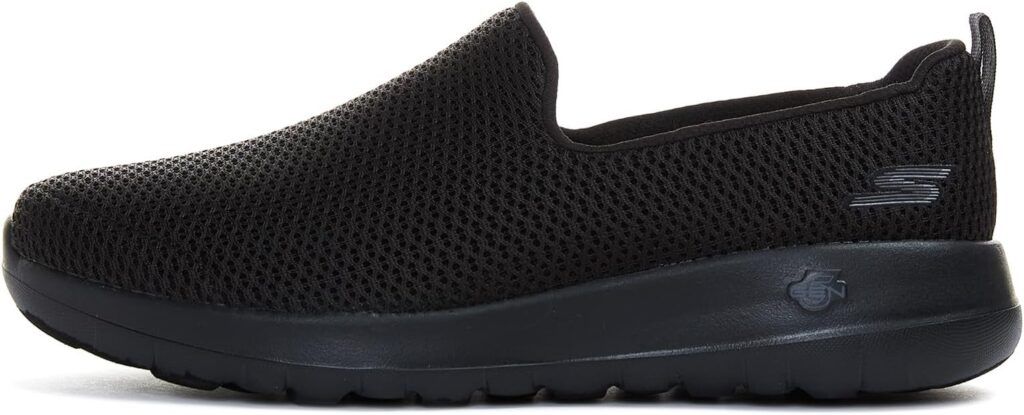
Skechers Women’s Go Walk Joy Sneaker
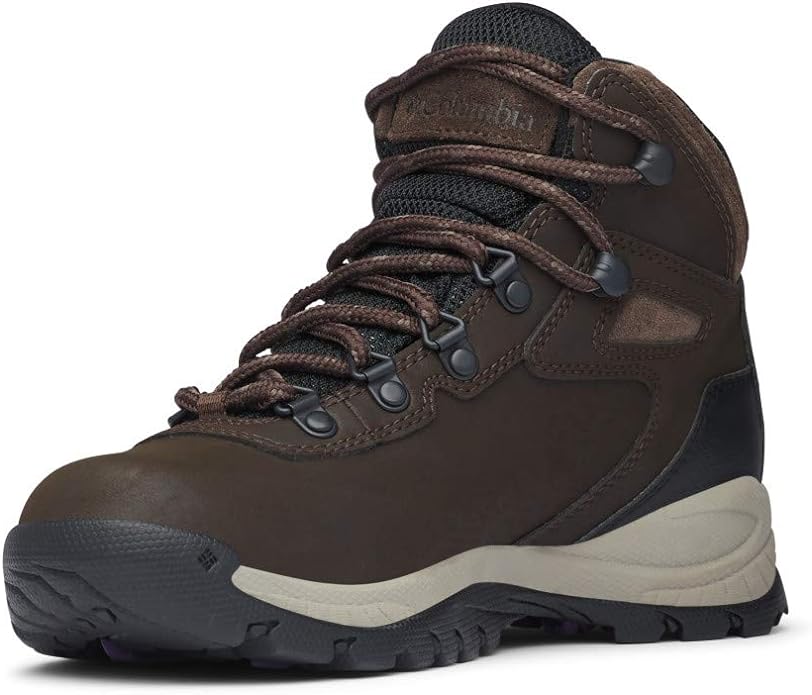
Columbia Women’s Newton Ridge Lightweight Waterproof Shoe Hiking Boot
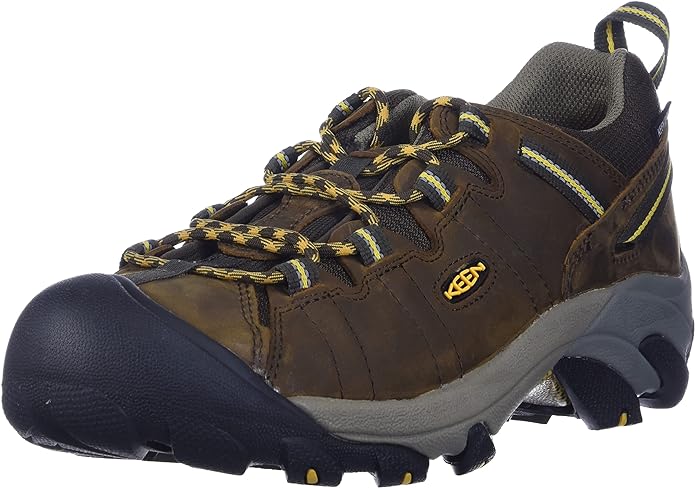
KEEN Men’s Targhee 2 Low Height Waterproof Hiking Shoes
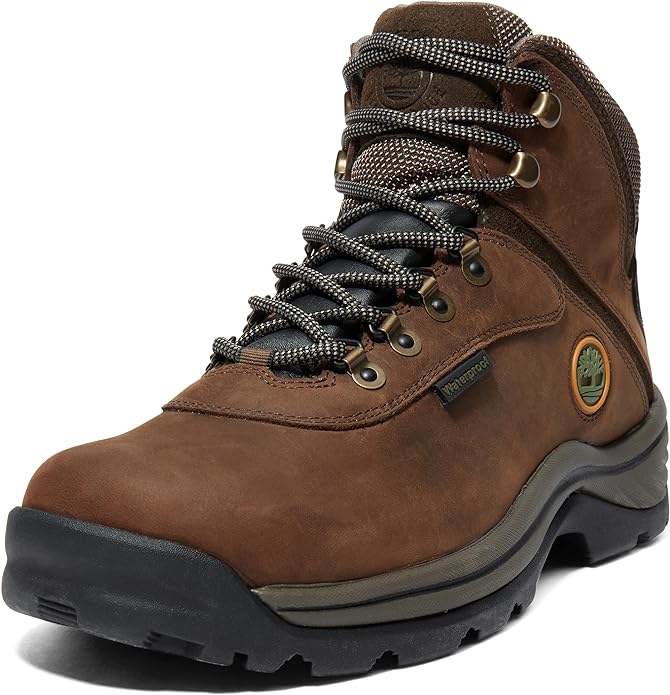
Timberland Men’s White Ledge Mid Waterproof Hiking Boot
Disclaimer: This post may contain affiliate links. For more information please refer to our Affiliate Disclosure.
Gradual Progression
To continue seeing progress in your leg toning journey, it’s important to gradually increase the intensity and duration of your walks over time. Begin with shorter distances and slower paces, allowing your body to adapt to the new exercise routine. As your strength and endurance improve, gradually increase the distance, pace, and incline of your walks. For example, you can gradually increase the duration of your walks by adding a few extra minutes each week. This progressive approach helps prevent plateaus and keeps your leg muscles challenged, ensuring ongoing toning and strengthening benefits.
Remember to listen to your body and find a balance between pushing yourself and allowing for adequate rest and recovery. Over time, you will build the stamina and strength necessary to maximize the toning effects of your walking routine.
Conclusion
Walking is a fantastic exercise for toning and strengthening your leg muscles. By engaging various leg muscles, practicing proper walking techniques, incorporating hill walking and resistance, and following effective tips, you can sculpt and tone your legs. So put on your walking shoes, hit the pavement, and let walking be your pathway to sculpted and strong legs.
FAQs
Can walking alone give you toned legs?
Walking alone can certainly contribute to toning your legs. Regular walking engages and strengthens the leg muscles, resulting in a more toned appearance. However, combining walking with additional exercises and resistance training can further enhance leg toning.
How long and how often should I walk to tone my legs?
Aim for at least 30 minutes of brisk walking on most days of the week. Gradually increase the duration and intensity of your walks as your fitness level improves. Consistency is key to achieving leg toning results.
Can walking uphill replace leg workouts in the gym?
Walking uphill can provide an effective workout for your legs, targeting specific muscles. However, it’s beneficial to incorporate a variety of exercises and resistance training to work your leg muscles from different angles and achieve a well-rounded leg-toning routine.
Can walking help reduce thigh fat?
Walking can contribute to overall weight loss, which may lead to a reduction in thigh fat over time. However, spot reduction of fat is not possible. Incorporating a balanced diet, strength training, and aerobic exercises alongside walking can help you achieve overall fat loss, including in the thigh area.
Can walking cause bulky legs?
No, walking alone is unlikely to cause bulky legs. Walking primarily helps tone and define the leg muscles without significantly increasing muscle mass. If you’re concerned about excessive muscle gain, focus on a balanced exercise routine that includes strength training and cardio exercises.
